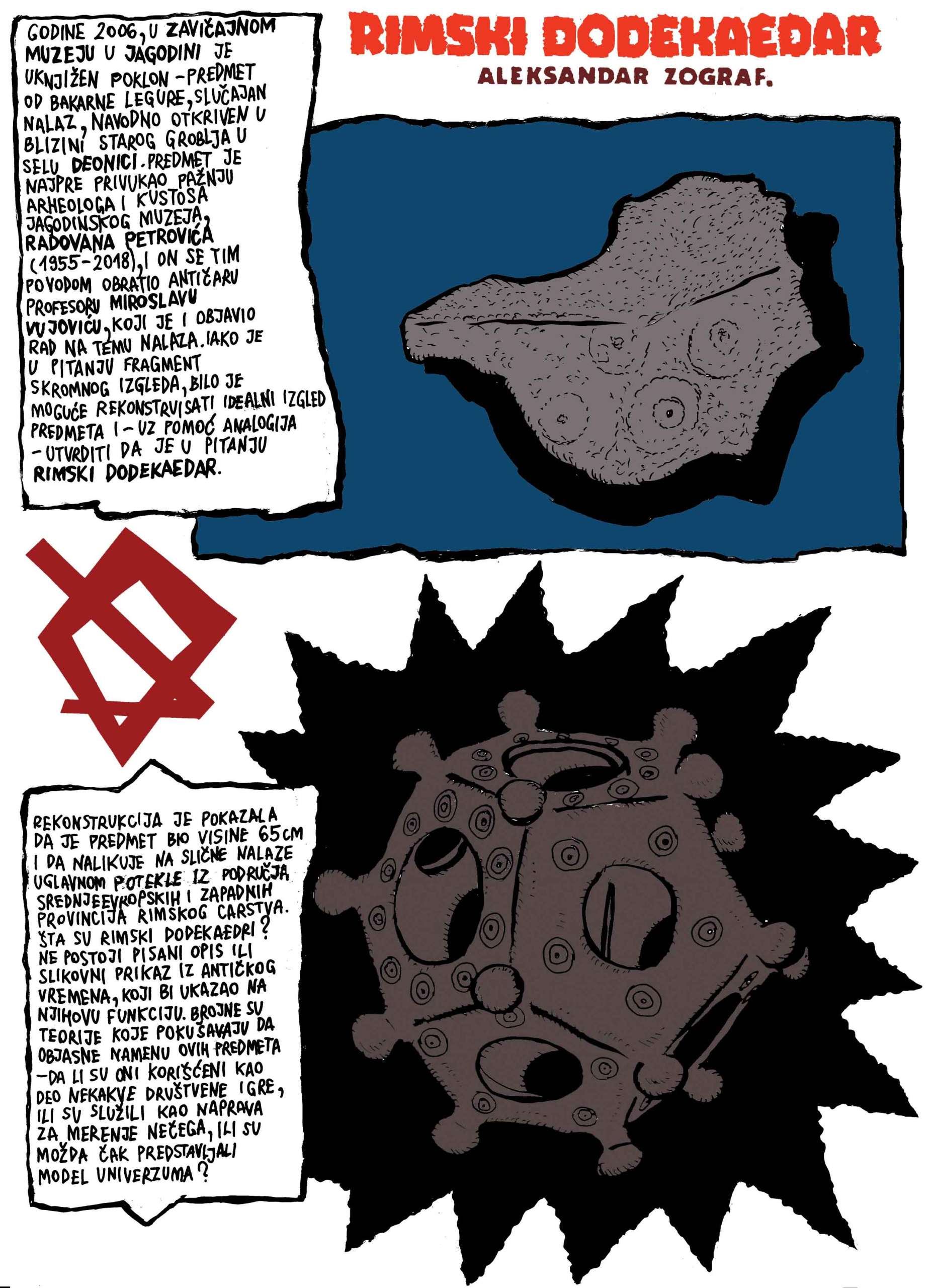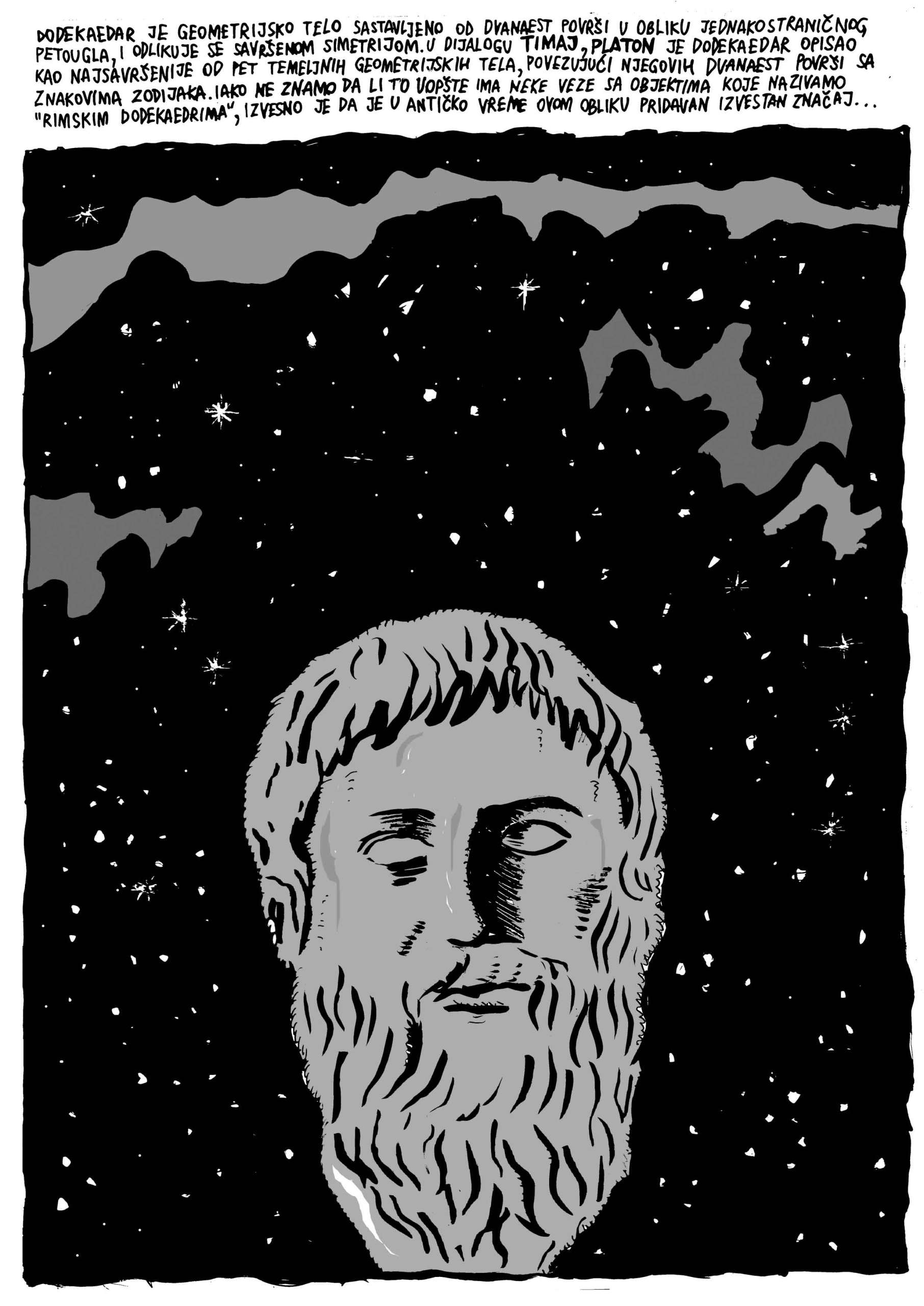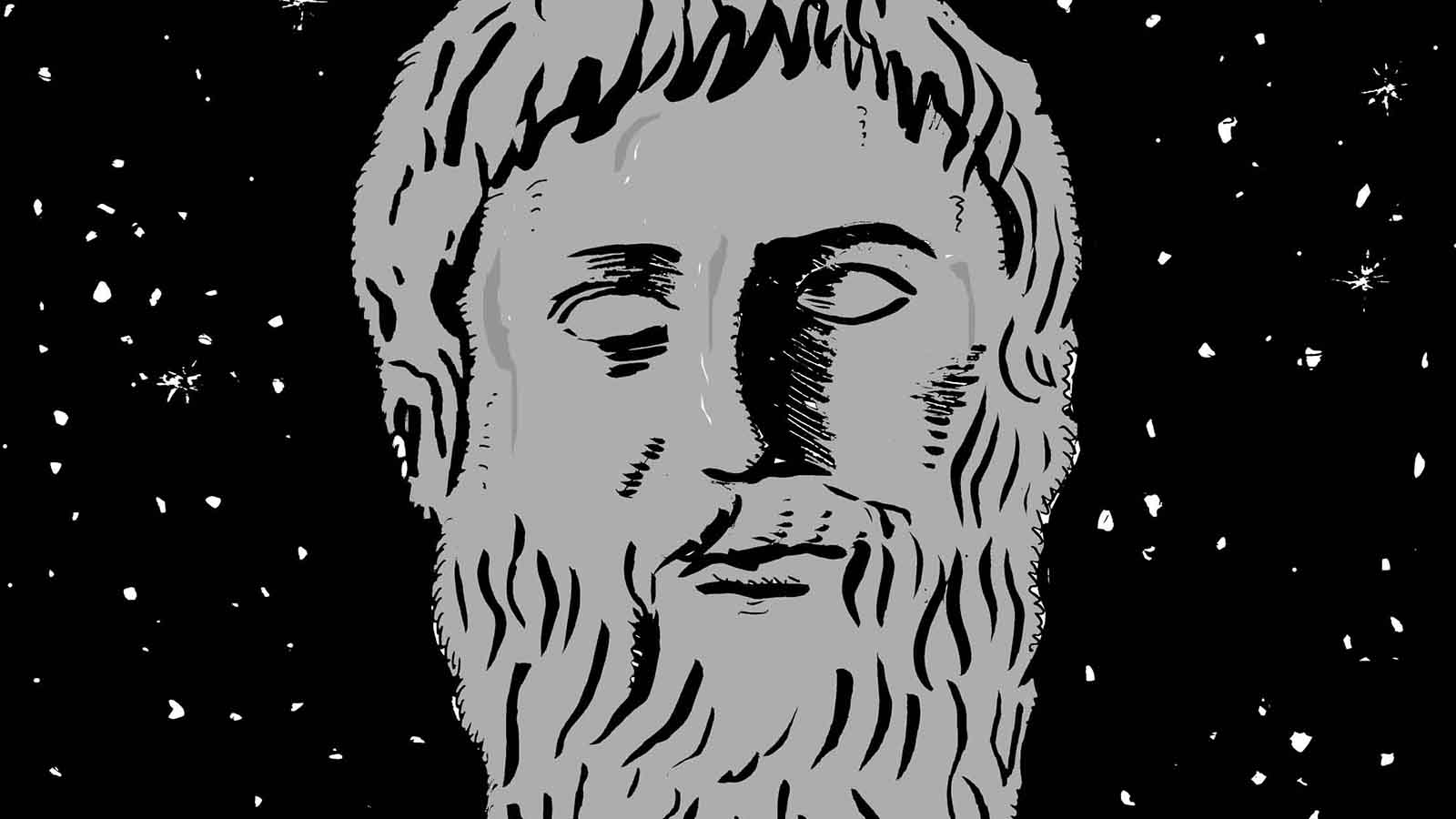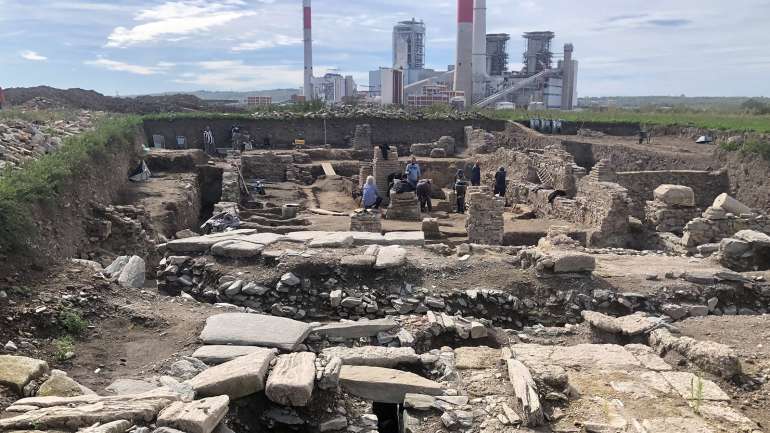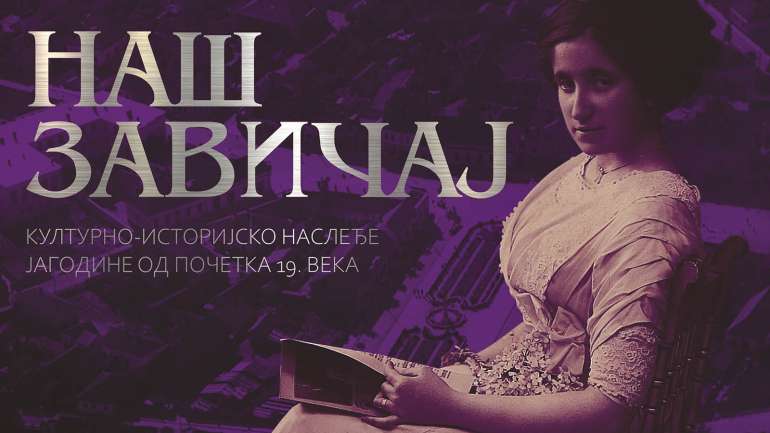Written by: Smiljana Dodić, museum counselor
The unusual story about a piece of ancient bronze discovered among the study material in the Archaeology Department of the Regional Museum Jagodina, to which Prof. Miroslav Vujović of the Archeology Department at the Faculty of Philosophy in Belgrade has breathed new life, did not end with its publication in the last yearly review of the National Museum in Belgrade (M. Vujović, Roman Dodecahedron from the National Museum in Jagodina, Zbornik Narodnog muzeja XXV/1 (2021) 251-262). This small fragment of a bronze object identified by Prof. Vujović as a corner of a regular twelve-sided polyhedron – i.e. dodecahedron (δωδεκάεδρον), the most perfect of Plato’s five solids, actually belonged to a device that has attracted attention of archaeologists, astronomers, and mathematicians for three centuries, and its purpose still remains elusive.
Through research of Prof. Vujović this mystical object received ideal reconstruction and possible typological and chronological identification, attracting attention not only of professionals but also numerous admirers of archaeology, among them our famous comic author Saša Rakezić alias Aleksandar Zograf. In recent years, this internationally recognized artist has grown into one of the most interesting promoters of our archaeological heritage, which he has been presenting to the readers of the “Vreme” weekly for many years in form of art comics.
We are especially proud that the hero of one of the latest archeological comics by Aleksandar Zograf, published in “Vreme” No. 1650 (August 18, 2022) and titled “Roman Dodecahedron”, was indeed the exhibit from the Regional Museum in Jagodina, and which in the most vivid way stressed the role and importance of all individuals in preserving our cultural heritage. This issue of Zograf’s comic also is a proper tribute to Radovan Petrović (1955-2018), a former curator of the Collection of Greek and Roman Antiquities in the Regional Museum Jagodina who, though a quiet man but excellent connoisseur of Roman archaeology, and who actually recognized this bronze piece must have had much higher significance during ancient times which later paved the way for future researchers…
Read more at the link.
